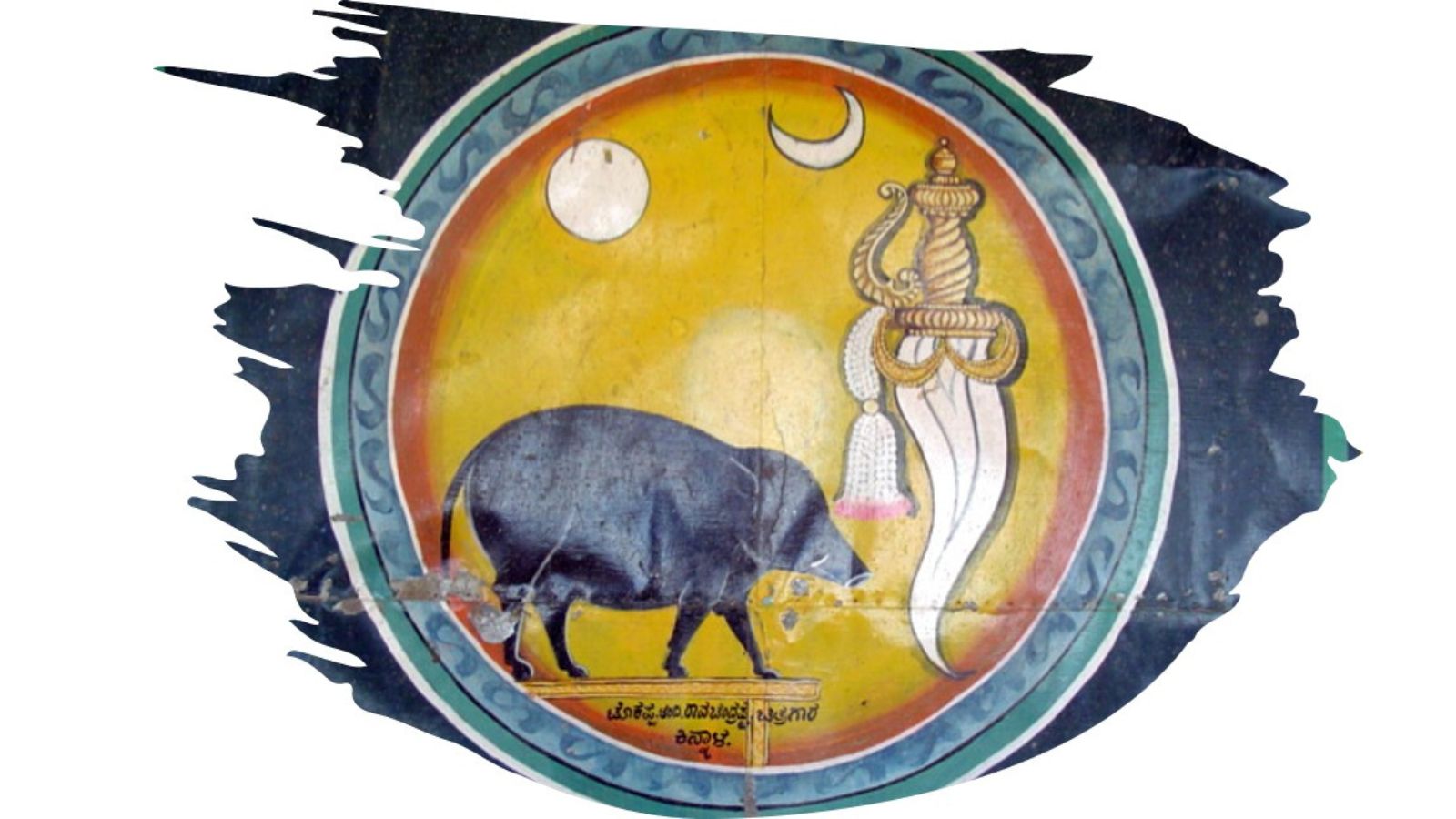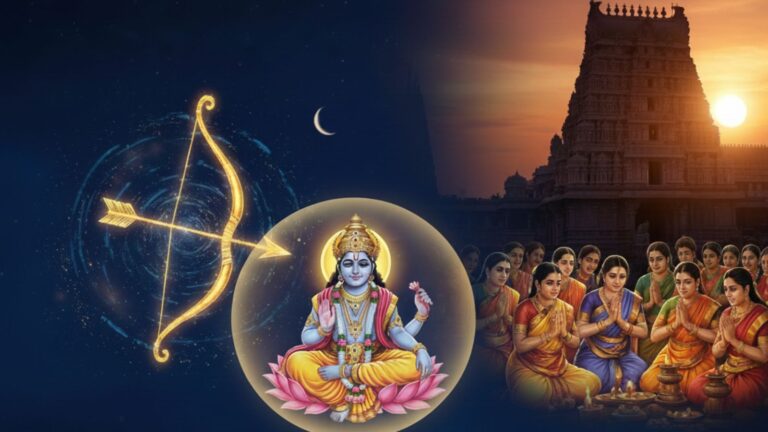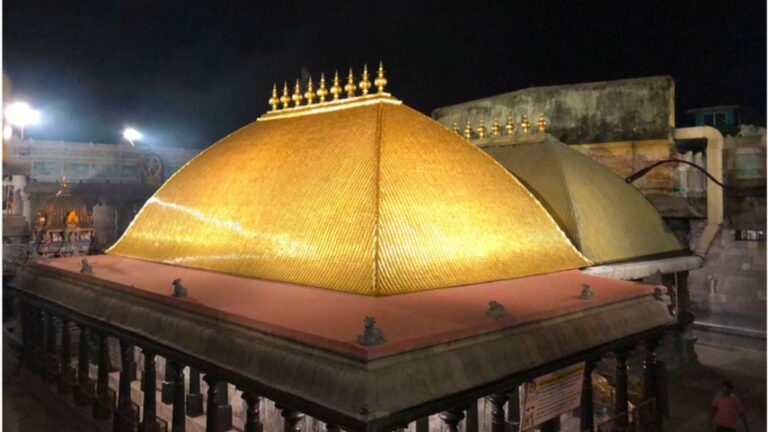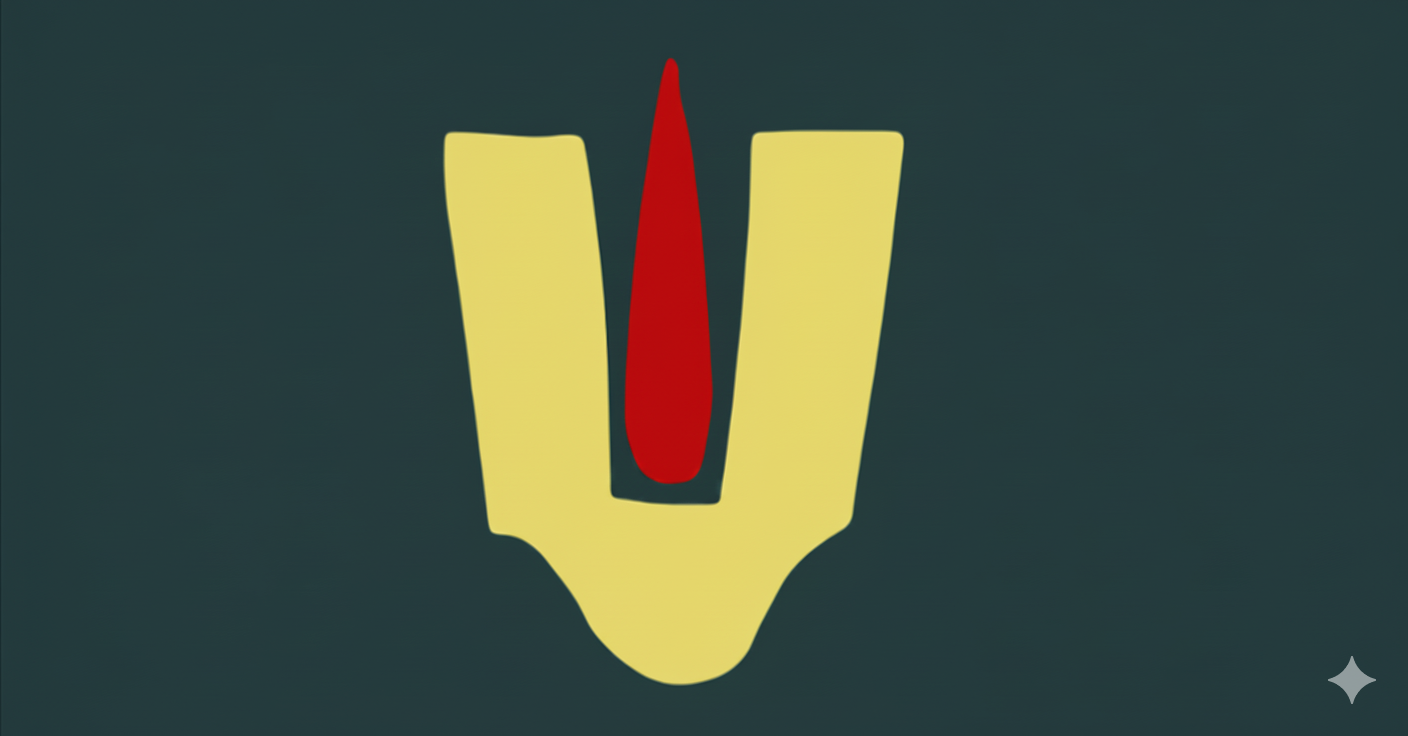What connects a wild boar, the sun, the moon, and a dagger? These four powerful symbols formed the royal emblem of the Vijayanagara Empire, one of the most influential dynasties in South Indian history. Spanning over 300 years from the 14th to the 17th century, the empire’s emblem represents divine authority, royal duty, and enduring strength.
At the heart of the emblem was the Varaha, the boar incarnation of Lord Vishnu. According to legend, Varaha saved the Earth goddess Bhudevi by lifting her from a cosmic ocean. The Vijayanagara kings identified with this avatar, seeing themselves as protectors of dharma and the land, chosen by Vishnu to restore balance.
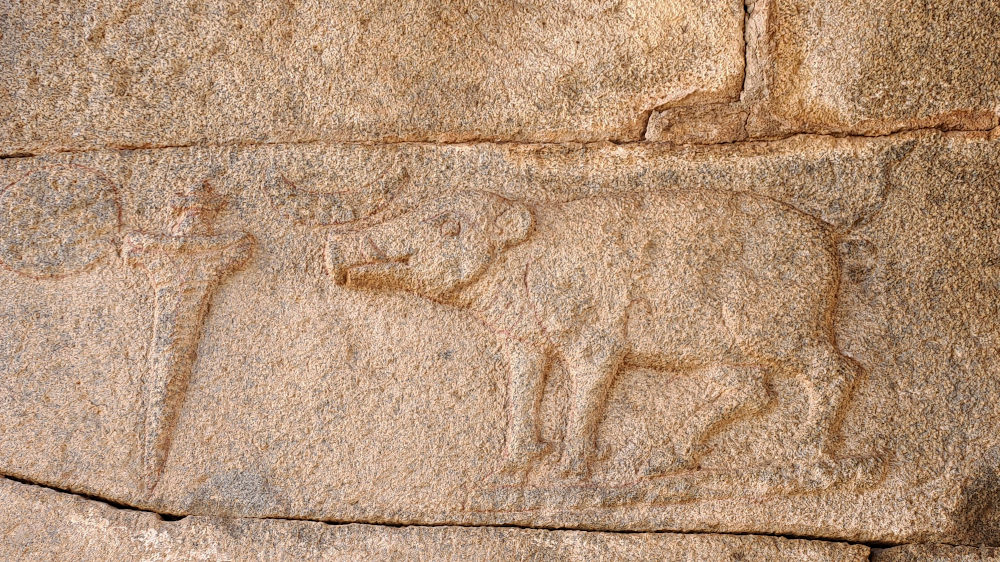
The choice of Varaha, instead of other prominent avatars, was deliberate. Varaha saved the entire Earth. By identifying with this form, the rulers placed themselves in the role of protectors of the world, not just their subjects. Varaha appears frequently on their coins, temples, and inscriptions.
The sun and moon, common symbols in Indian dynasties, represented continuity. Their presence in the emblem signaled that the king’s rule was meant to last as long as the celestial bodies above.
The dagger stood for royal authority, justice, and readiness to act. It reminded all that the king, though divinely guided, was also a warrior and protector of the people.
Together, these four symbols conveyed a complete philosophy of kingship. The ruler draws strength from divine will, stands firm in the face of chaos, serves dharma, and ensures order through strength when needed. This emblem can still be seen in Hampi’s temples, especially Vittala and Hazara Rama, as well as in copperplate grants and coins issued by rulers like Krishnadevaraya.
